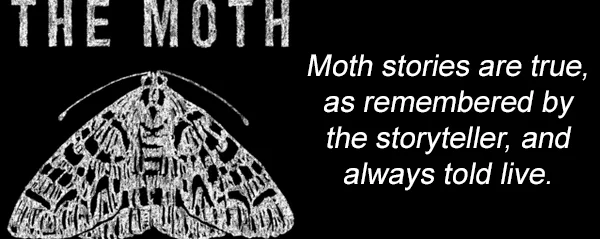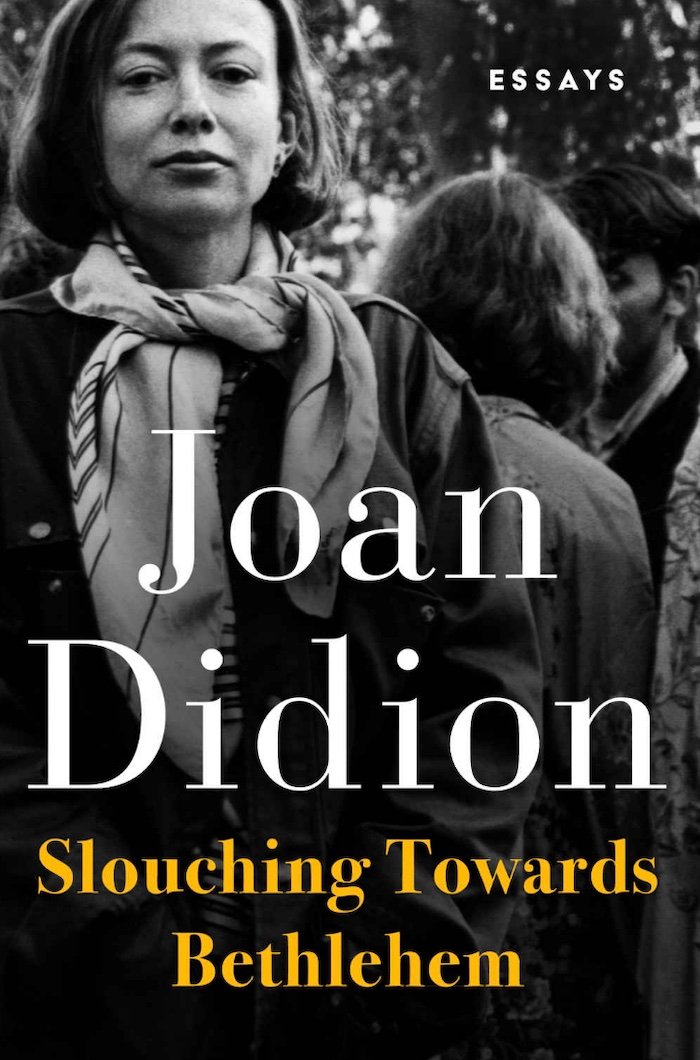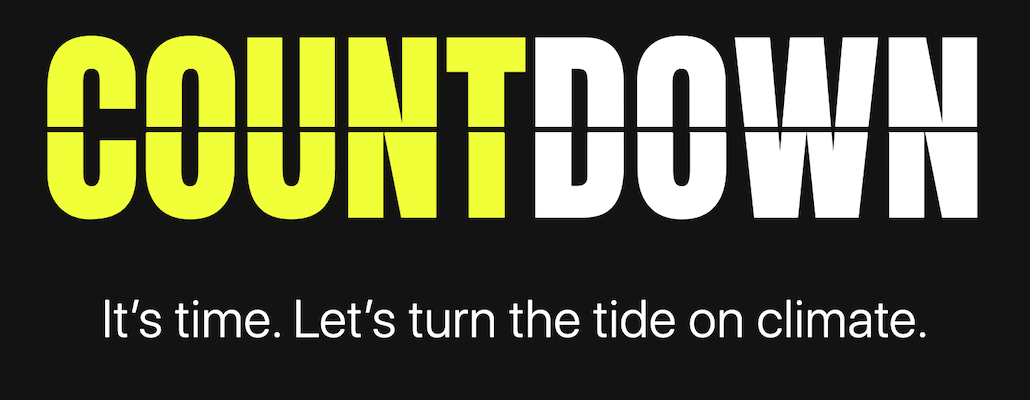Behind the Scenes of The Memory Palace
I’ve been a podcast listener for many years, and at the beginning of my daily walk I’ll open the PocketCasts app on my phone to find an episode that will indulge my storytelling addiction. There are podcasts which live there temporarily – I’ll add and delete as my desires change – but several of them have a permanent slot in my listening rotation.
The Moth, This American Life, 99% Invisible, Radio Diaries, Ear Hustle, The Kitchen Sisters, Longform Podcast and Unfictional are on a brief list of shows that have become long-time audio companions, friends I can trust to expand and challenge my perceptions. Another member of that illustrious list is The Memory Palace, a podcast I fell in love with day one.
Created by storytelling genius Nate DiMeo in 2008, you could say it’s been around the digital block a few times. Nate’s no stranger to audio, having spent a decade plus in public radio and heard on landmark shows such as All Things Considered, Morning Edition, and Marketplace.
The Memory Palace is not unusual in one sense, as it simply presents historical vignettes about people, places and past events. Its uniqueness comes from DiMeo’s ability to pull a single thread from a complex tapestry of facts and feelings, then offer it to us as a bespoke narrative. Like a wandering medieval minstrel, he takes his audience on a magical exposition of the past, somehow condensing hours of exposition into mere minutes.
As much as I love the well-polished episodes that he produces, it was a special treat to hear this behind-the-scenes conversation with Radiolab’s Robert Krulwich on storytelling and life. It’s a conversation that revealed pivotal moments early in his career, alongside his passion for, and approach to, crafting stories that can touch people.
Whether you’re a professional storyteller or just aspire to gain a greater mastery of the art, DiMeo’s journey from nearly clueless to consummate creator will change your perspective on telling stories in the digital age.
A Conversation About the Memory Palace with Robert Krulwich
“…the lesson that it showed me, was that audio storytelling on the radio had the power to reach into your life and could change your day…”
“…the most profound thing of journalism is finding the real person in there, and being able to draw them out, and to find a type of truth that goes beyond mere facts…”
Learn more about Nate DiMeo in this beautiful article by Sarah Larson in The New Yorker, and this insightful piece by Joshua Barone in the New York Times.
contact me to discuss your storytelling goals!
◆
Subscribe to our newsletter for the latest updates!
Copyright Storytelling with Impact – All rights reserved




